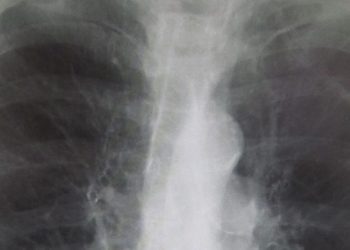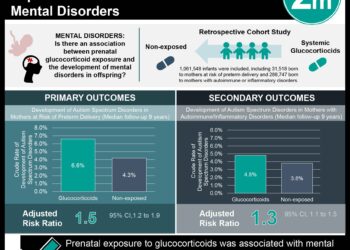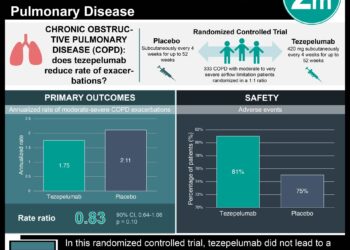Quick Take: Eosinophil-guided corticosteroid therapy in patients admitted to hospital with COPD exacerbation (CORTICO-COP)
Corticosteroids are frequently used in the treatment of acute chronic obstructive pulmonary disease (COPD) exacerbations. However, the use of systemic corticosteroids is not without its risks. As such, strategies to limit systemic corticosteroid exposure are needed. In this multicenter randomized controlled trial, 318 patients age 40 years and older with known airflow limitation (post-bronchodilator FEV1/FVC £0.7) and established COPD were randomized to either eosinophil-guided therapy or standard therapy with systemic corticosteroids to determine whether an algorithm using blood eosinophil counts could safely reduce systemic corticosteroid exposure in patients admitted for the treatment of acute COPD exacerbation. All patients received 80 mg of intravenous methylprednisolone on the first day of admission. From the second day onwards, patients assigned to the eosinophil-guided group were given 37.5 mg of oral prednisolone daily, up to a maximum of 4 days, when their blood eosinophil count was at least 0.3 x 109 cells/L. On days where the eosinophil count did not meet this threshold, prednisolone was not administered. If a patient was discharged during the treatment period, a discharge prescription for the remaining days within a 5-day period was based on the last measured eosinophil count. The standard therapy group received 37.5 mg of oral prednisolone daily from the second day for 4 days. The primary outcome measure was the number of days alive and out of hospital within 14 days after recruitment. Researchers found that there was no between-group difference for days alive and out of hospital within 14 days after recruitment (p=0.34). Treatment failure at 30 days was also comparable between groups (p=0.90). At 30 days of follow-up, 6% of patients in the eosinophil-guided group and 4% of patients in the control group had died (p=0.43). The median duration of systemic corticosteroid therapy, however, was lower in the intervention group (p<0.0001). This study therefore shows that although eosinophil-guided therapy does reduce systemic corticosteroid exposure, this strategy may not confer a benefit in terms of the number of days alive and out of hospital. Further studies are needed in assessing eosinophil-guided therapy and other long-term outcomes.
Click to read the study in Lancet Respiratory Medicine
Image: PD
©2019 2 Minute Medicine, Inc. All rights reserved. No works may be reproduced without expressed written consent from 2 Minute Medicine, Inc. Inquire about licensing here. No article should be construed as medical advice and is not intended as such by the authors or by 2 Minute Medicine, Inc.







